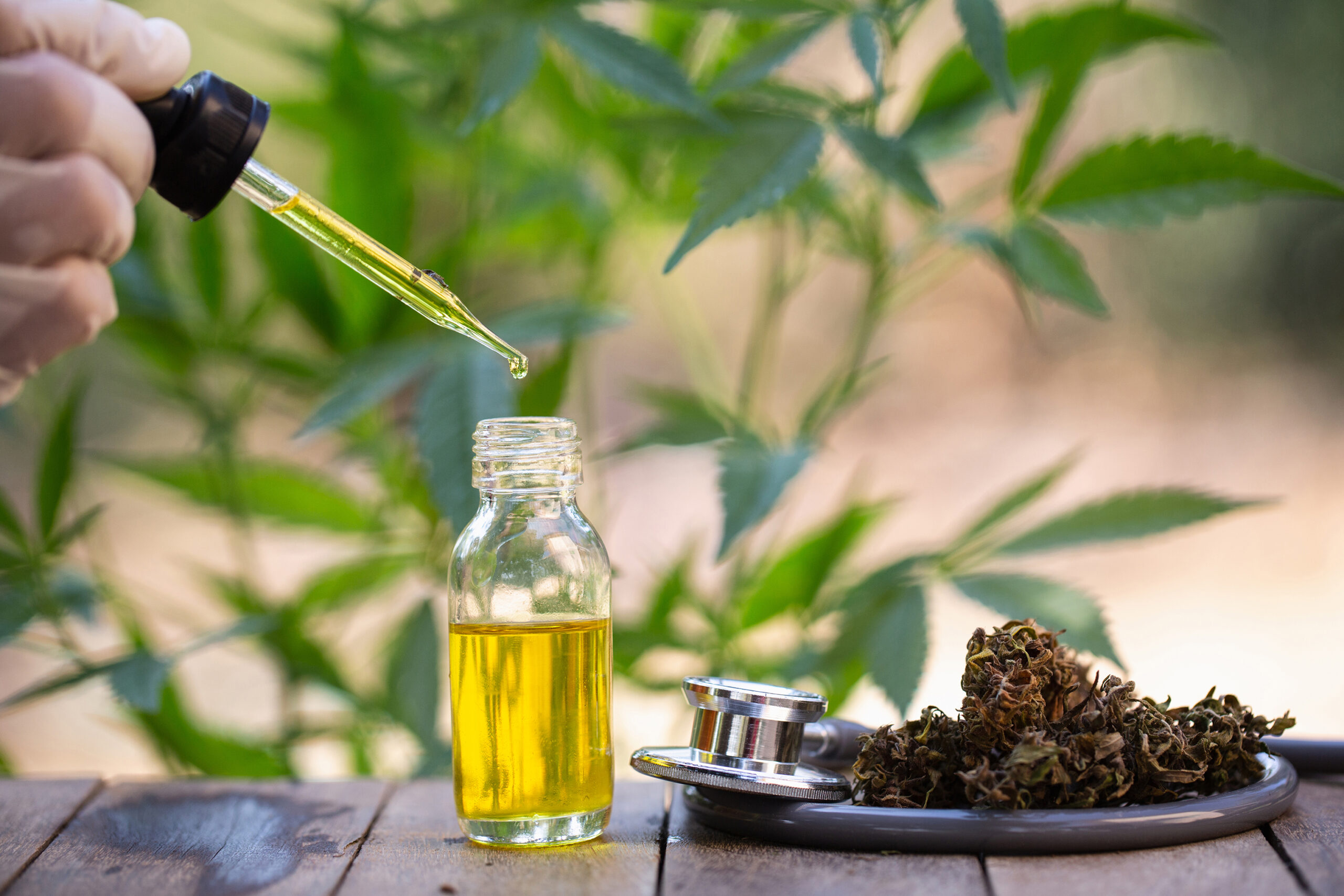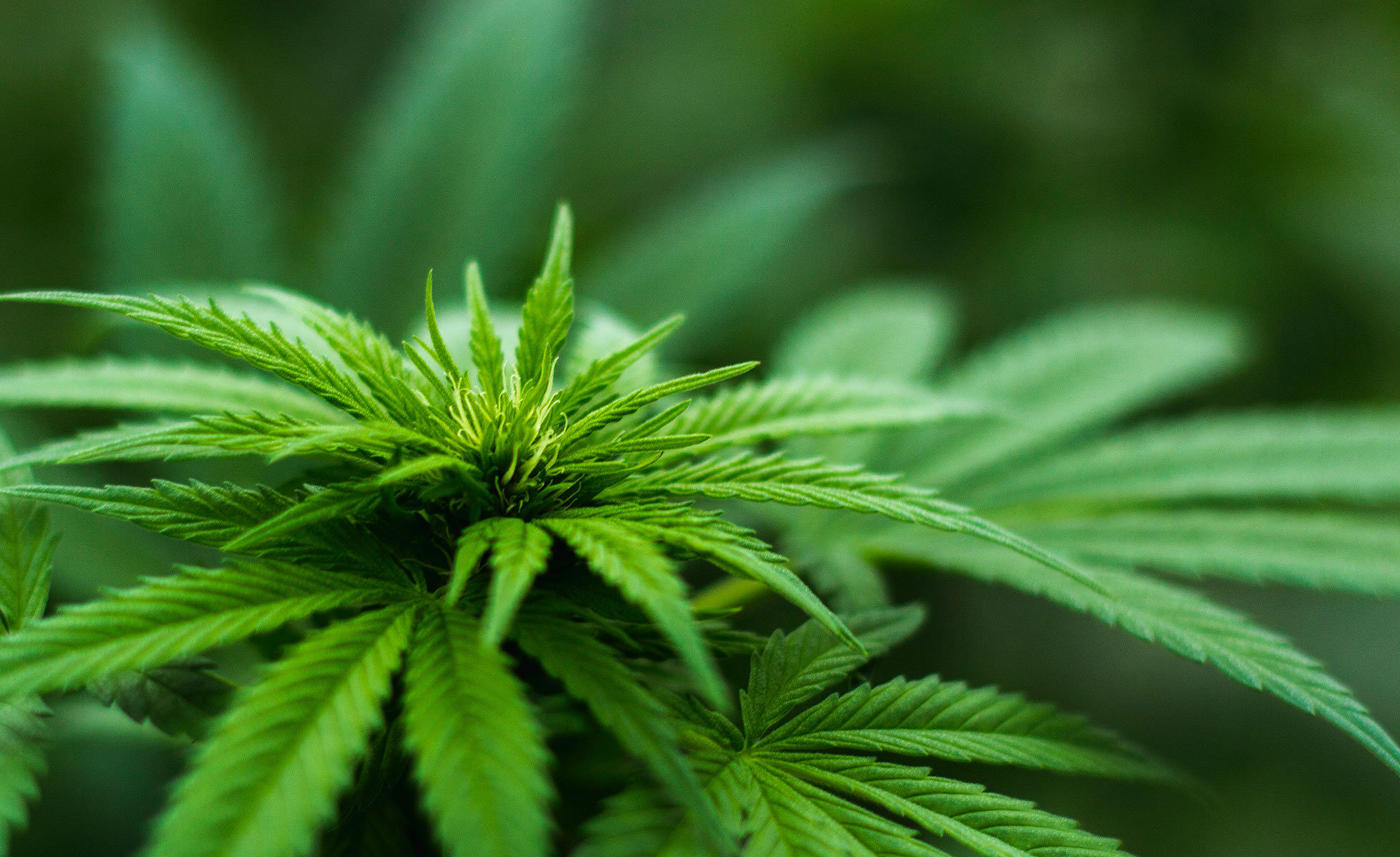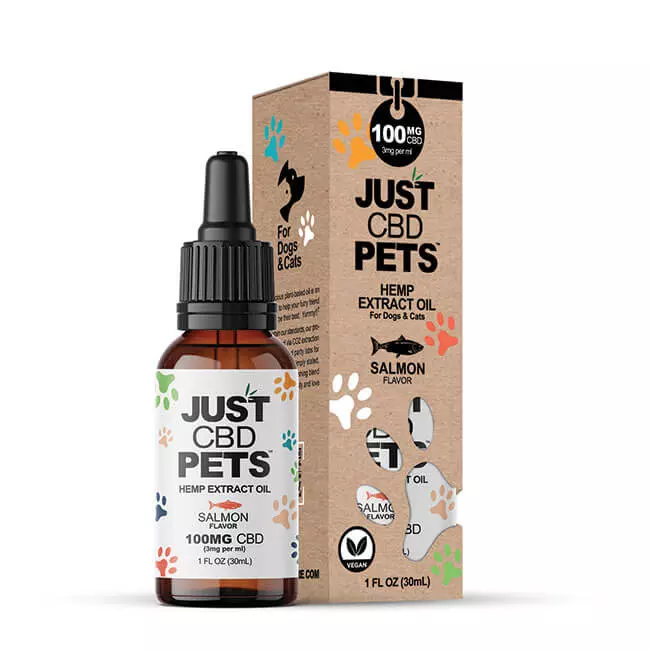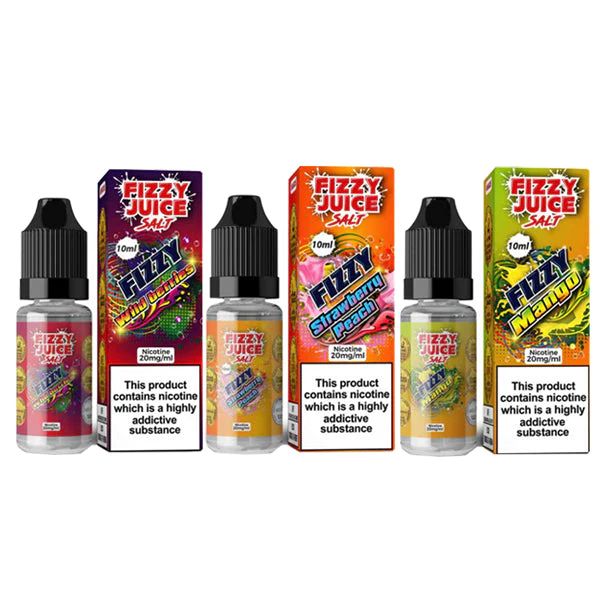Introduction
CBD (cannabidiol) has gained popularity for its potential therapeutic benefits. However, many people are curious about the process of CBD production. In this comprehensive guide, we will explore the various methods used to extract and manufacture CBD. We’ll delve into the steps involved in CBD production, from cultivating hemp plants to obtaining the final CBD product. By the end of this guide, you will have a clear understanding of how CBD is made and the different extraction methods employed in the industry.
Table of Contents:
What is CBD?
- Definition and Characteristics
- The Difference between CBD and THC
- Potential Health Benefits
Hemp Cultivation for CBD Production
- Selecting High-CBD Hemp Strains
- Growing Conditions and Regulations
- Organic and Sustainable Practices
Extraction Methods for CBD
- CO2 Extraction: Supercritical and Subcritical
- Ethanol Extraction: Solvent-based Method
- Hydrocarbon Extraction: Butane and Propane
CO2 Extraction Process
- Supercritical CO2 Extraction: Equipment and Process
- Subcritical CO2 Extraction: Equipment and Process
- Pros and Cons of CO2 Extraction
Ethanol Extraction Process
- Soaking Hemp Material in Ethanol
- Filtering and Evaporating the Solvent
- Pros and Cons of Ethanol Extraction
Hydrocarbon Extraction Process
- Butane and Propane as Solvents
- Purging the Solvent from the Extract
- Pros and Cons of Hydrocarbon Extraction
Winterization and Decarboxylation
- Removing Impurities through Winterization
- Decarboxylation: Activating CBD and Other Cannabinoids
CBD Isolation and Purification
- Removing Other Compounds and Impurities
- Distillation and Filtration Processes
- Ensuring High-Quality CBD Products
Types of CBD Products
- Full Spectrum CBD
- Broad Spectrum CBD
- CBD Isolate
Quality Control and Third-Party Testing
- Importance of Lab Testing
- Ensuring Product Safety and Potency
- Transparent and Reputable Brands
Legal Considerations and Compliance
- Federal Regulations and the 2018 Farm Bill
- State-Specific Laws and Variations
- THC Content Limits and Compliance
- Conclusion
Conclusion
CBD is made through a meticulous process that involves cultivating high-CBD hemp plants and extracting the CBD-rich compounds. Various extraction methods, such as CO2 extraction, ethanol extraction, and hydrocarbon extraction, are employed to obtain CBD from the hemp plant material. Each method has its advantages and considerations, and the choice of extraction method often depends on factors such as efficiency, safety, and desired end product.
After extraction, additional steps like winterization and decarboxylation are conducted to refine the CBD extract and activate its therapeutic properties. Isolation and purification techniques are then utilized to remove impurities and other compounds, resulting in different types of CBD products, including full spectrum, broad spectrum, and CBD isolate.
Ensuring product quality and safety is crucial in the CBD industry. Reputable brands prioritize third-party lab testing to verify the potency and purity of their CBD products. Compliance with federal and state regulations, including THC content limits, is essential for legal distribution and sale of CBD products.
Understanding the process of CBD production provides insight into the journey from hemp cultivation to the creation of high-quality CBD products. By choosing reputable brands and being knowledgeable about the extraction methods used, consumers can make informed decisions when purchasing CBD products that align with their preferences and wellness goals.
- Benefits of Ladys Mantle Supplements - April 1, 2024
- Benefits of Jergon Sacha Supplements - April 1, 2024
- How Is CBD Made? - June 26, 2023





